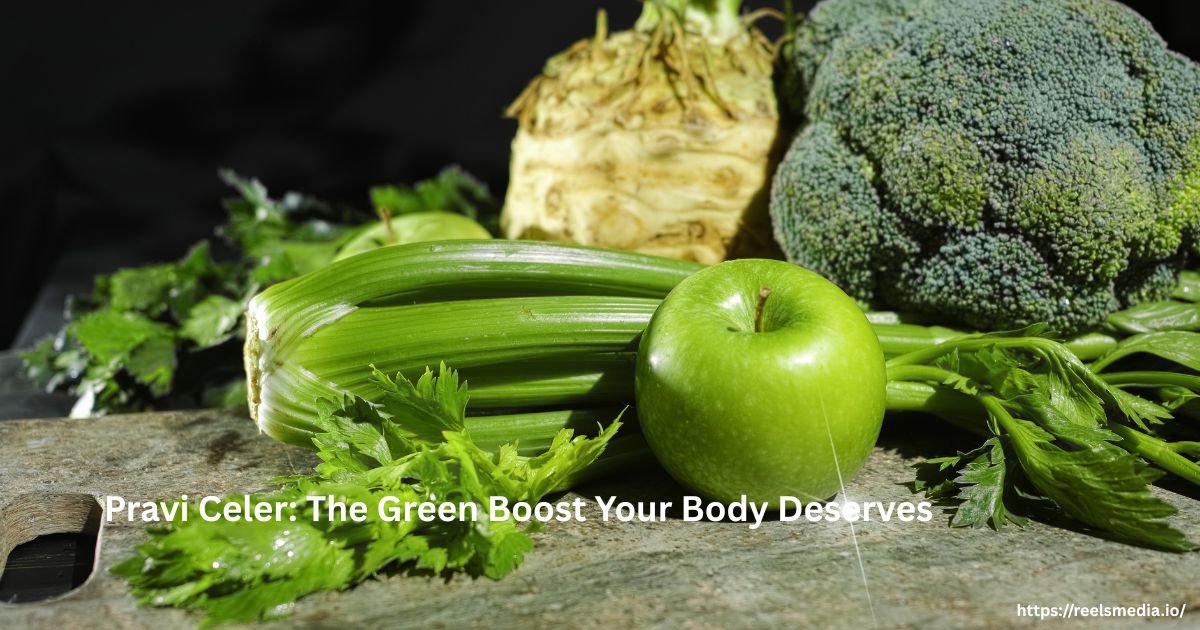I still remember the first time I tried pravi celer in my grandmother’s kitchen. She called it vrtni celer and sometimes even pitomi celer, but for me, its crunchy bite and refreshing taste stood out. It belongs to the štitarki family, scientifically known as Apium graveolens, also called mirisavi celer, σέλινον, or sélinon in older traditions. The culinary and medicinal use of this vegetable has made it a true star, giving both energy and healing to our meals.
Through centuries, soups, salads, and juices have carried its nutritional punch, proving its place not just in kitchens but also in traditional medicine. The crunch of pravi celer when eaten raw is like a promise of Optimal Health. I often use it in herbal remedies to boost my wellness and enjoy its detoxifying role in my lifestyle.
This true celery has been a treasure for many cultures, from Slavic meals to modern wellness game routines. Its versatility makes it fit in any diet, whether raw, juiced, or cooked. It feels like a superstar ingredient that adds a powerful punch to everyday meals, improving hydration, digestion, and heart health for better living.
The Origin and History of Pravi Celer
The story begins with ancient civilizations near the Mediterranean, where it was once a sacred plant. The Greeks and Romans used it in food, rituals of victory, and even for healing the body.
Over centuries, this staple crossed from Europe to Asia, adapting to various climates and finding a place in cuisine and herbal medicine. Farmers loved its adaptability, which allowed it to thrive in nutrient-dense soils and become part of meals.
With its vibrant green stalks and essential nutrients, it became an agricultural richness. Even compared to its conventional counterpart, pravi celer held a stronger identity, both as food and as medicine.
What is Pravi Celer and How is it Different from Regular Celery?
Unlike common celery, pravi celer is known as true celery, a remarkable variety with stalks that have a crisp texture and robust flavor.
It stands out with a thicker appearance and an earthier flavor that carries herbal notes. In my kitchen, I find it gives more depth and character than regular celery.
Even its leaves are flavorful, making them great for recipes and garnishes, while the stalks remain a crunchy snack or reliable ingredient for many dishes.
Nutritional Value
When I checked the nutritional composition, I was surprised how much was packed into just 100 grams. It only has about 14 to 16 kcal, with 3 g of carbohydrates, 1.6 g of fiber, and a massive 95% water content.
The vitamin K level is about 29 µg (or 30% daily needs), while vitamin A contributes 10%, and vitamin C gives 3 mg. It also offers folate 36 µg, potassium 260 mg, and small sodium trace.
With antioxidants, it boosts immunity, supports blood clotting, strengthens bone health, and promotes overall wellness. This balance makes pravi celer an essential vegetable for health.
Health Benefits
I’ve noticed how digestive issues improve with its water and fiber, helping smoother bowel movements and avoiding constipation. Its effect on gut health is one reason I keep it close.
For the heart, the potassium balances blood pressure, while phthalides relax artery walls, improving circulation and blood flow. Its antioxidants, including flavonoids and polyphenols, reduce oxidative stress, inflammation, and risk of chronic diseases.
It is also low in calories, high in water, and rich in fiber, making it perfect for weight control, promoting fullness without unnecessary calories. Many even use celery juice as a detox to aid the liver and kidneys. I enjoy it for hydration, better skin, and avoiding premature aging caused by free radicals.
